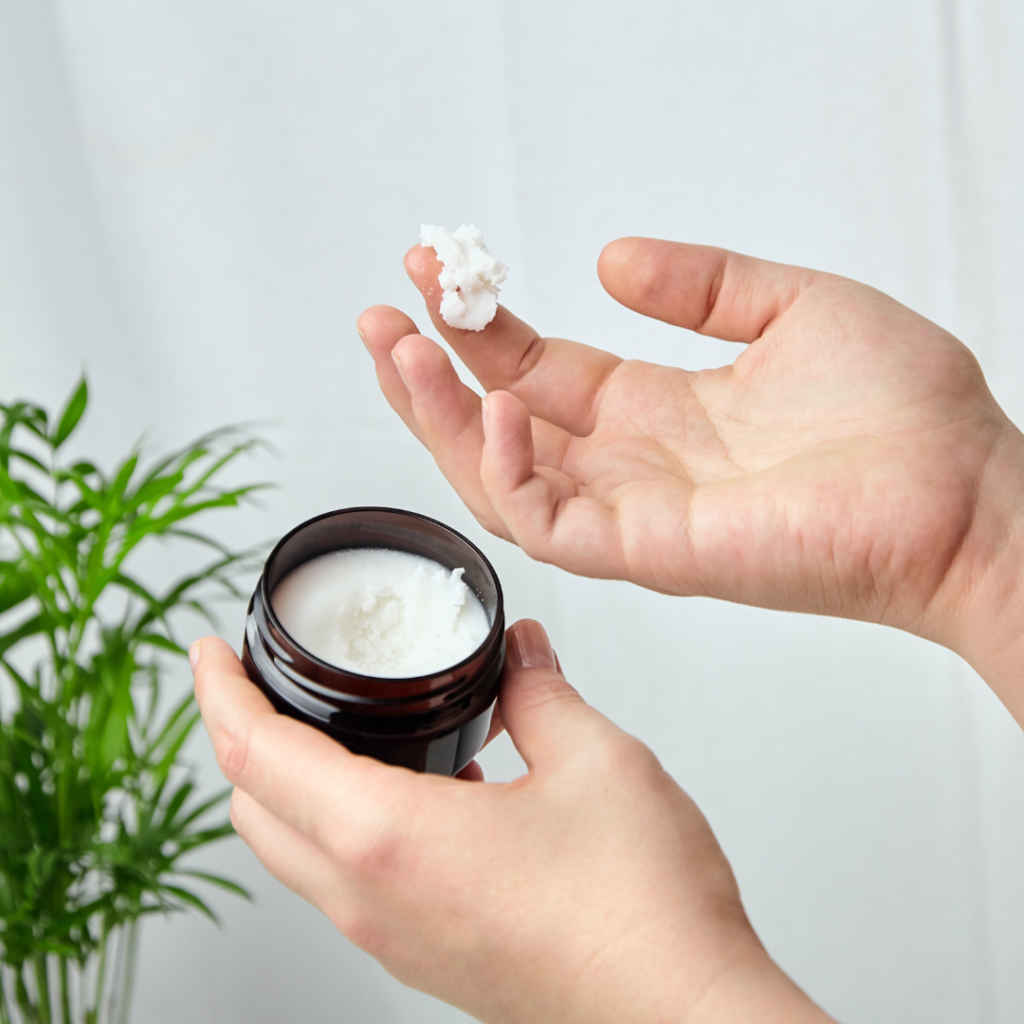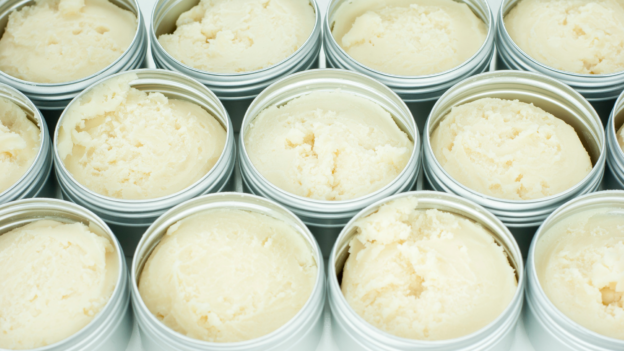Preservation of Oil-based Products: Mold is Tenacious
As a cosmetics formulator, you have a duty to ensure that your products will be fresh and have a long shelf life. This is important for the safety and satisfaction of your customers. For products that don’t contain water (“anhydrous”, oil-based products), there are four methods you should consider incorporating into your formulation to give the product the longest shelf life.
Choose the right packaging
The first two methods relate to the packaging. Unsaturated fats in oils/butters react with oxygen from the air and become oxidized. This produces foul-smelling, rancid byproducts. We can’t stop this process forever, but we can mitigate it. Always try to use opaque or amber glass bottles for oil-based products to block light, which accelerates oxidation. Also, fill the product containers right to the brim – the less oxygen trapped in the bottle with the product, the better.
“Oxidation in Cosmetics is Inevitable – you can’t stop the process forever”

During your packaging selection, try to ensure that it’s as difficult as possible for the customer to contaminate the bulk product. Imagine a tub of body butter, designed to be applied after a shower. The customer will likely keep it in the bathroom (a humid environment), and each time they dig their fingers into the jar, they’re transferring moisture and microbes from their skin to the product. Humid air gets trapped under the lid, and then you have the potential for microbial growth. Beyond a public relations disaster, if someone posts a picture of your product growing mold, you may have some legal liability if a customer becomes sick.
Use an Antioxidant
Beyond these two steps, there are two additives you should always consider adding to anhydrous products. The first is an antioxidant. This is an additive that helps to counter the oxidation reaction and can help to further prevent rancidity. My favorite antioxidant is rosemary oleoresin. It’s a natural product, a dark red oil. It doesn’t have much rosemary fragrance, but it does contain powerful natural antioxidants. You only need a tiny amount (0.05% or so) to stave off rancidity. It’s extremely low-cost, and the red color is so diluted that it normally doesn’t affect the appearance of the final product.
Add a Preservative
The second additive you should consider adding is a preservative. This is a controversial view, but it has the possibility to save you tremendous headaches. Most anhydrous products on the market do not contain preservatives. The common argument is that because there isn’t any water in things like body oils/balms, that a preservative is not needed. (Stated another way, the “water activity” of the product is very low). For the most part, that is true; microbes need water in order to thrive.
However, mold is an exception. When mold experiences drought conditions, it can go into a type of hibernation, forming a protective spore covering that can survive boiling-water temperatures and go for months without water. It lays dormant but once water becomes available, it can start to grow again. I’ve seen it several times; a client will come to me with a balm or body butter that has mold growing along the inside rim of the container. Humid air was trapped under the lid, and that was all that was needed. Luckily, there is an additive that can help: Phytocide Elderberry OS.
This is a natural liquid preservative extracted from elderberry fruit. It moisturizes, and conditions, its label neutral (INCI name: “Sambucus nigra fruit extract”), is clear, odorless, colorless, oil-soluble, stable, and most importantly, it’s a broad-spectrum preservative. Elderberries are rich in phytonutrients and have long been used for a variety of health reasons. It’s a great natural source of undecylenic acid. This is an organic fatty acid that acts as a broad-spectrum preservative. It’s especially effective against mold and fungus.
This additive can be found at Lotion Crafter and other cosmetic vendors. To use it, simply mix 2-3% of the liquid into your oil product (preferably during the cool-down phase or at room temperature). It disappears into your product and will constantly fight against any microbes that try to get a foothold. It’s important that the preservative cover the complete interior of the final product container, so you may need to invert the finished bottles several times to ensure full coverage.
The correct choice of container, filling quantity, antioxidant, and preservative will help to ensure that your anhydrous products remain fresh and safe throughout the product’s lifetime. I highly recommend integrating all these steps into your anhydrous formulations. Your customers’ satisfaction will increase, and you’ll gain extra shelter against the liability of a product batch becoming rancid / overwhelmed with microbes. All through the power of rosemary and elderberries!

